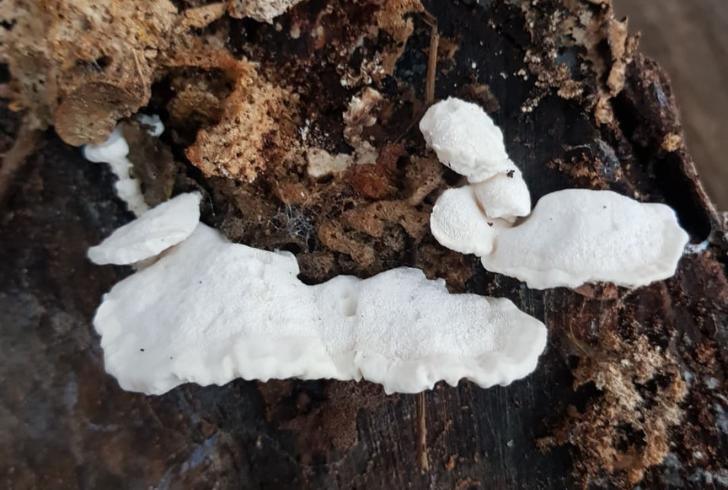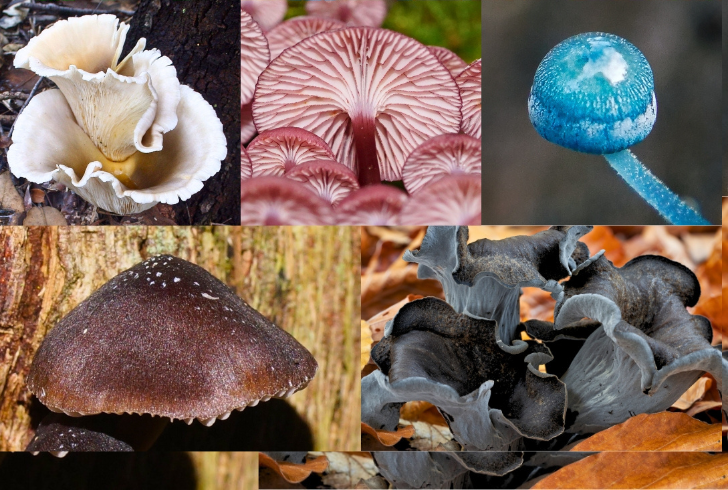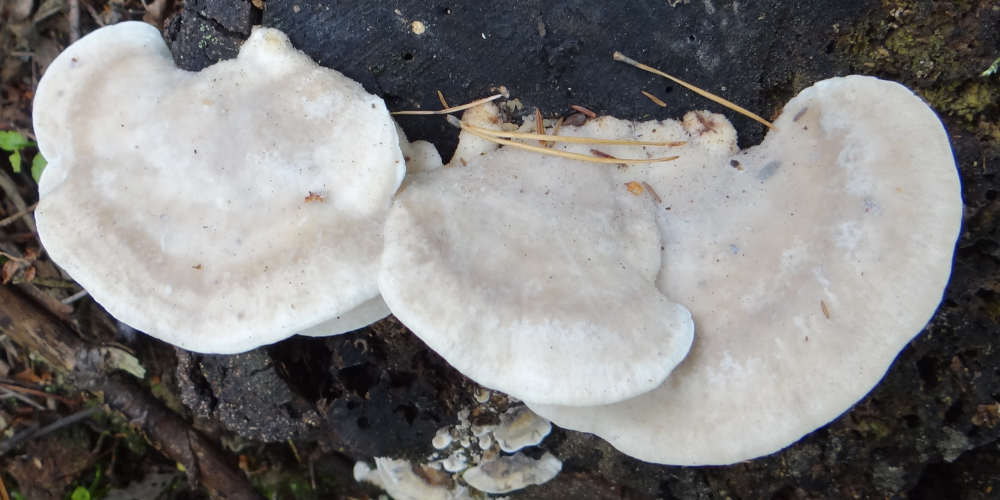Out in quiet forest regions of Europe, Asia, and North America, a rough-looking fungus clings to tree trunks. Its name? "Amaropostia stiptica" , more commonly called the "bitter bracket". While it doesn’t pose a toxic threat, its taste tells another story. Researchers now say this fungus might hold the title for the most bitter natural substance ever found.
A Fungus That’s Hard to Miss—Once You Taste It
Although it blends into bark and often goes unnoticed, the bitter bracket recently caught the attention of scientists at the Leibniz Institutes of Food Systems Biology and Plant Biochemistry in Germany. While examining its chemical makeup, they found something surprising. Hidden in its structure lies a compound called oligoporin D—and it’s not just bitter; it sets a global record.

Instagram | @chica_nugget4 | Scientists find world’s most bitter mushroom.
This mushroom doesn’t make its mark by causing illness. Instead, it delivers an intense sensory reaction that kicks the bitter taste receptors into overdrive. For scientists who study flavor chemistry and human sensory responses, this discovery brings a valuable new angle.
What Makes Oligoporin D So Bitter?
In their research, the German team isolated three compounds—oligoporins D, E, and F—classified as triterpene glycosides. Among these, oligoporin D stood out instantly. This single compound activates TAS2R46, one of the bitter taste receptors found in the human mouth.
The numbers tell the story better. Just 1 gram of oligoporin D, dissolved in 16,000 liters of water, still made the entire solution taste bitter. That’s the kind of data that challenges how bitterness is measured, understood, and explained.
According to findings published in the Journal of Agricultural and Food Chemistry, that level of bitterness is almost unmatched. Not only does it dominate flavor perception, but it also reshapes existing theories about the link between toxicity and taste.
Bitter Doesn’t Always Mean Dangerous
In biology and food science, one common assumption is that bitterness acts as nature’s warning label. Bitter flavors are frequently connected to poisons or harmful substances. However, "Amaropostia stiptica" tells a different story.
The mushroom delivers extreme bitterness yet contains no toxic elements. Its fierce taste leads many to believe it’s dangerous, but chemically, it poses no threat. This contradicts older theories, which suggest that stronger bitterness equals higher toxicity.
Researchers made a comparison to clarify this. The bitter bolete (Tylopilus felleus) ranks high in bitterness but doesn’t harm those who try it. On the other hand, the deadly death cap (Amanita phalloides) tastes mild and pleasant, often described as nutty. This clear contradiction highlights a need to rethink the assumed link between flavor intensity and poison.
Why This Discovery Matters in Food Science
Taste plays a crucial role in food safety, dietary choices, and even pharmaceutical development. A better understanding of bitterness could help improve food products, mask unpleasant flavors in medicine, and develop safer edible compounds.
This mushroom, although inedible, provides researchers with rare insight into how extreme bitterness works on a molecular level. It shows that TAS2R receptors—specifically TAS2R46—can react to compounds that trigger strong flavor responses without involving toxicity.
From a scientific perspective, this opens new possibilities:
1. Testing bitterness more precisely across food additives and supplements
2. Creating non-toxic bitter agents for pest control or flavor calibration
3. Understanding human taste diversity on a genetic level
A Deeper Look Into the Unseen World of Mushrooms

Instagram | @csirogram | Quiet mushroom sparks bold new research.
The natural world still holds many surprises, and mushrooms continue to reveal unique biological secrets. Though "Amaropostia stiptica" isn’t edible, it proves how much potential hides in forest ecosystems.
This species doesn’t grow in large clusters or vibrant shapes. It clings quietly to tree trunks, often going unnoticed. But its chemical impact now places it at the center of global flavor research. These findings could eventually influence everything from gourmet flavor design to medicinal delivery systems.
Redefining Bitter One Fungus at a Time
Even though no one snacks on bitter bracket mushrooms, its chemical signature will likely influence flavor studies for years. It reminds researchers and food scientists that taste perception isn’t always about survival warnings.
New questions now arise. What else in nature has hidden properties like this? How can food technology evolve when armed with a better understanding of sensory science? And how do personal taste receptors differ across global populations?
One thing remains clear, "Amaropostia stiptica" has reshaped what scientists believed about bitterness and challenged a long-standing myth. As research moves forward, this fungus stands as proof that small discoveries can lead to big breakthroughs.

